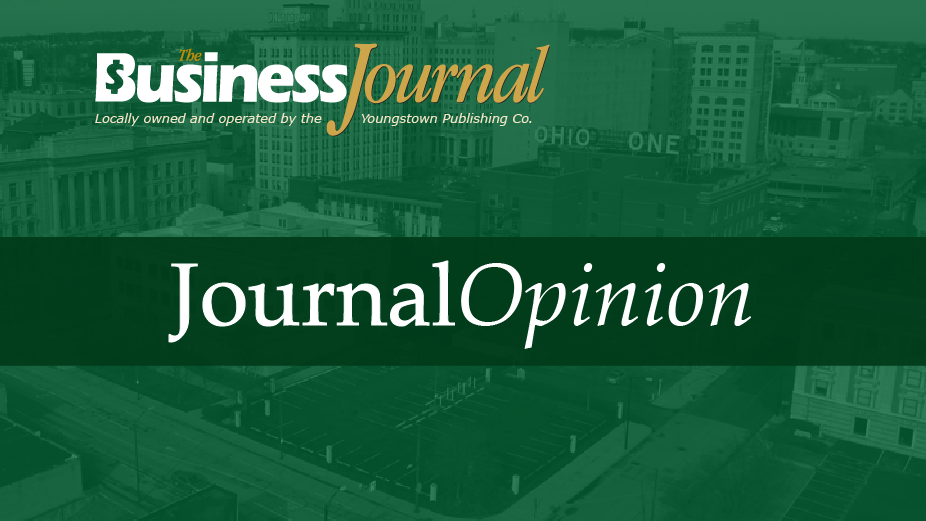YOUNGSTOWN, Ohio – Downtown Youngstown isn’t a pretty sight.
Main roadways such as Front and Commerce streets are torn up, providing limited access to the businesses that operate there, as contractors work to complete this phase of what has come to be known as the Smart2 Network project.
A stakeholder group that includes the city, Eastgate Regional Council of Governments and Youngstown State University was awarded $10.85 million in 2018 by the U.S. Department of Transportation to support nearly $28 million in downtown street upgrades, including a major rebuild of Fifth Avenue that was completed in 2021.
Smart2 is the acronym for the Strategic & Sustainable, Medical & Manufacturing, Academic & Arts, Residential & Recreational, Technology & Training Network project that’s well into its the second phase.
As was the case with Phase 1, which caused major disruptions for YSU and other institutions along Fifth Avenue, the work on the streets that cross the Wick Avenue/Market Street corridor and split downtown is presenting obstacles for businesses and the growing residential population downtown.
Those challenges were exacerbated by the Greater Youngstown Italian Fest, which took place the first weekend of August, cutting access to more streets that weren’t already closed because of construction.
Given the disruptions caused by the Smart 2 project, moving the festival to an alternate venue such as Wean Park would have been advisable. Accolades go to Deanna Rossi, a downtown business owner and resident, who stepped up by helpfully posting maps on social media showing where access was blocked and directing festival visitors to available parking.
It’s hard to say what effect the construction had on attendance at the festival, given that many people – particularly seniors – remain cautious about going out in public because of COVID-19. But for sure, all who attended the festival had to overcome obstacles.
The good news is that the work on Front and Commerce streets is on schedule to be completed in October. The bad news is that construction work will then move to other downtown streets.
Progress can be painful – at the very least inconvenient and frustrating for the people who work, play and live downtown. It doesn’t help when huge construction equipment is parked on torn-up streets and no one is seen working. It’s easy to conclude they could be working harder, when in fact they are working hard.
Synchronizing all that has to be done surely makes for false impressions.
Still, no one likes the disruptions or eyesores that these projects cause. The result will be upgraded streets designed to better accommodate existing traffic needs, as well as streets with better landscaping that are more friendly to pedestrian access and bicycle use and, eventually, autonomous shuttle service.
In the end, downtown will look brand new.
